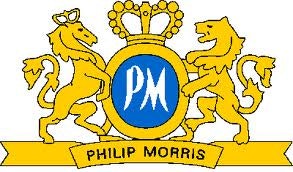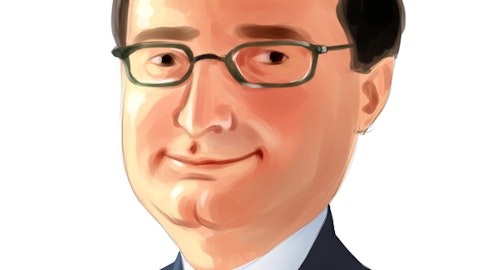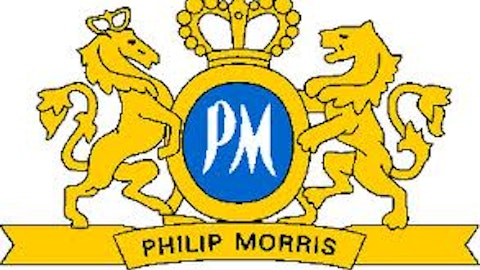Recently, shares of Philip Morris International Inc. (NYSE:PM) declined below $80 per share. This was significant, because it pushed Philip Morris’ dividend yield to above 5%. In an investing climate of historically low interest rates and record high stock prices, a 5% dividend yield is a rare find nowadays. The S&P 500 provides a dividend yield less than 2% on average, which makes it difficult for investors to locate high dividend yields.

Even when an investor does come across a very high dividend yield, it’s often a sign of danger. A sky-high yield could be the result of a deteriorating business. Many times, an abnormally high yield is a precursor to a dividend cut. This means investing in high yields can be a dangerous game.
But when it comes to Philip Morris, investors should not be concerned about the dividend. The company generates more than enough cash flow to sustain its generous payout, thanks to the excellent underlying economics of the tobacco business. And, Philip Morris is taking extra precautionary steps this year to improve its finances and cut spending to protect the dividend even further.
Significant Competitive Advantages
Philip Morris International Inc. (NYSE:PM) was spun off in 2009 from its former parent Altria Group Inc (NYSE:MO). Philip Morris operates the Marlboro brand in international markets. The company was freed from Altria so that it could grow as an independent entity, and not be encumbered by the stricter regulatory environment in the United States. This gives Philip Morris an advantage, because the international markets are growing at a faster rate than the U.S., particularly in the global emerging markets. For example, Philip Morris enjoys 27% market share in Russia, and 35% in Indonesia.
The tobacco business is an extremely profitable one. Companies enjoy massive scale through lean manufacturing and distribution. Capital expenditure requirements are very low. And, the product being sold is literally addictive, which lends itself to substantial pricing power over the consumer. This is why many tobacco companies can pay such high dividend yields to shareholders, and even grow those dividends over time. Philip Morris generated $6.5 billion of free cash flow just last year. This was more than enough to cover its dividend, which cost the company $6 billion in 2014.
Philip Morris’ fundamental improvement accelerated to start 2015. In the first quarter, its cigarette shipment volume grew by 1.4% year over year. Revenue and earnings per share declined 4% and 1%, respectively, but much of this was due to unfavorable currency fluctuations. The strengthening of the U.S. dollar over most other currencies is a major headwind for companies that do business in international markets, and that certainly includes Philip Morris. In fact, excluding foreign exchange effects, revenue and EPS would have increased by 9% and 24%, respectively.





